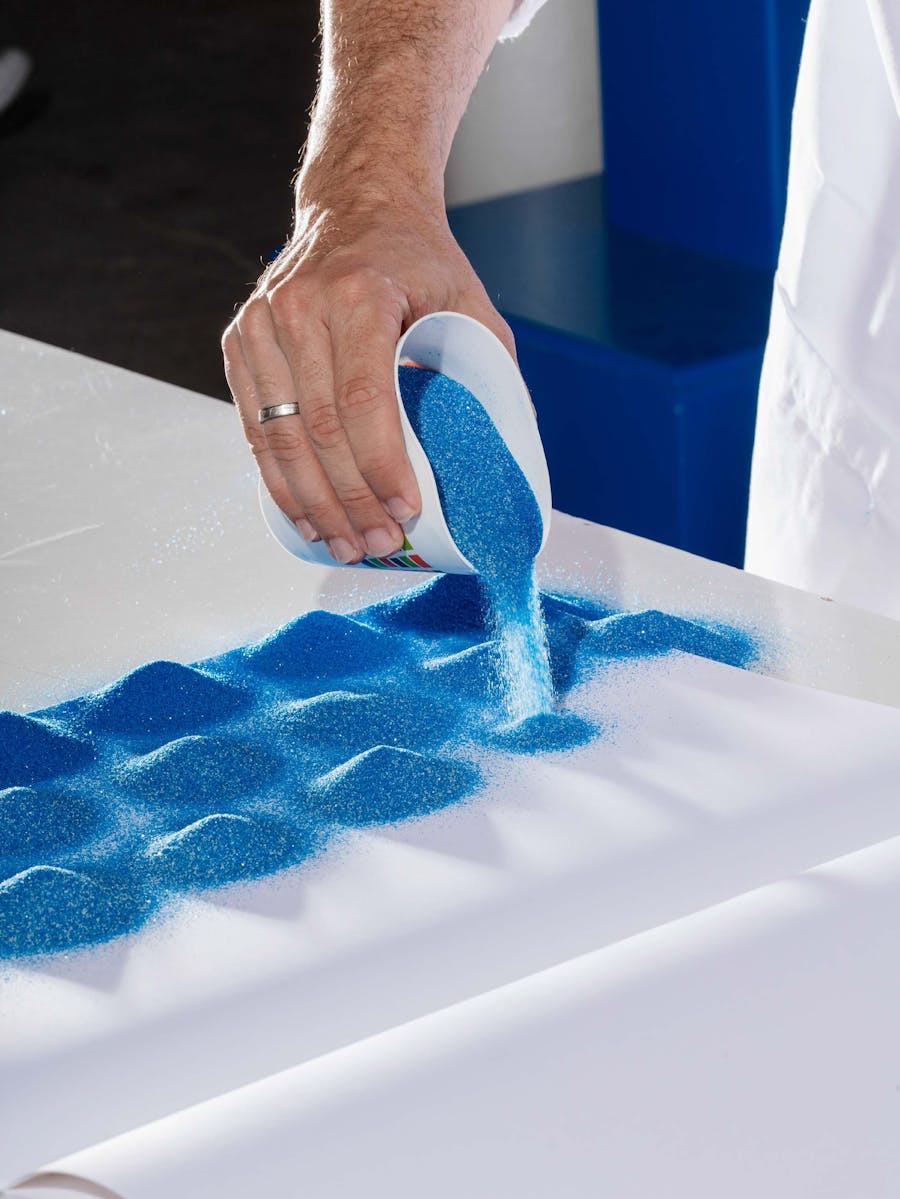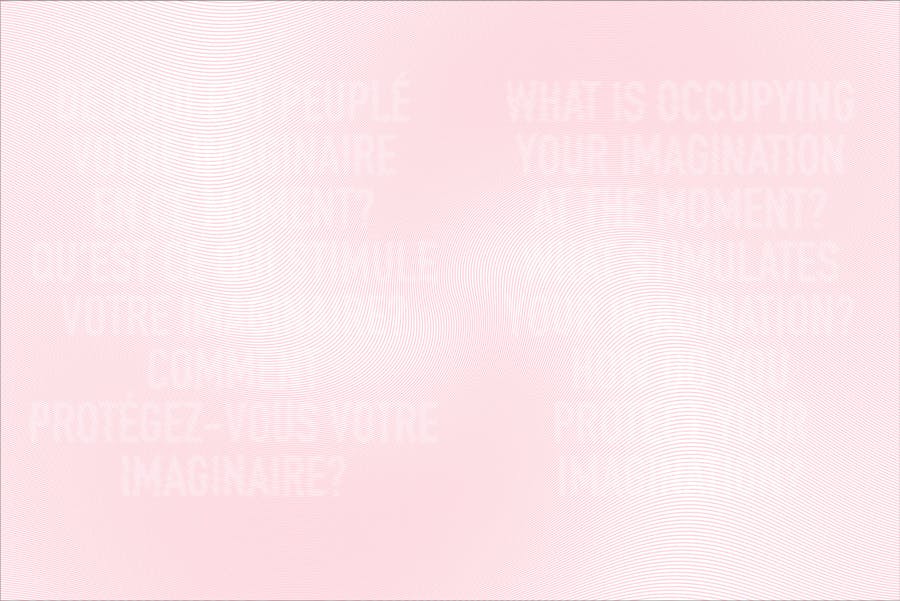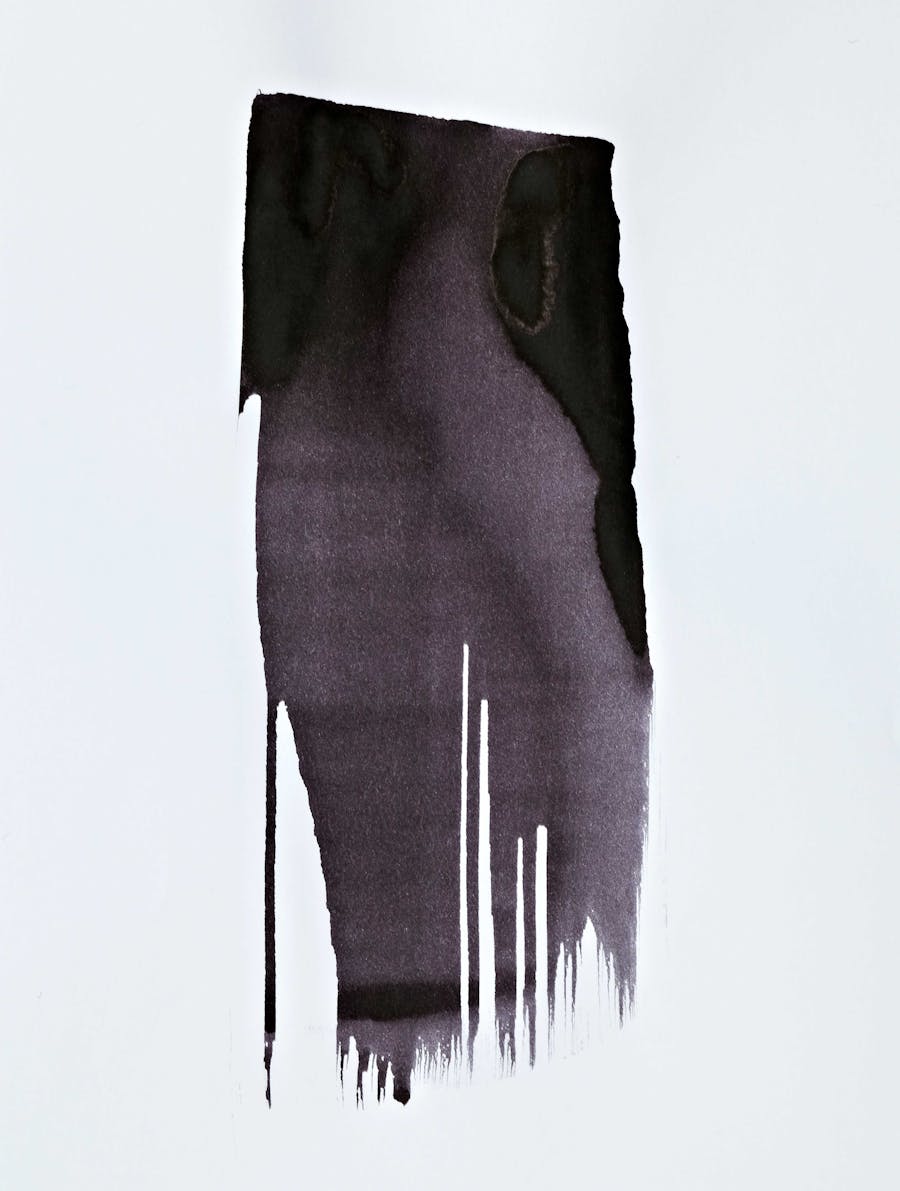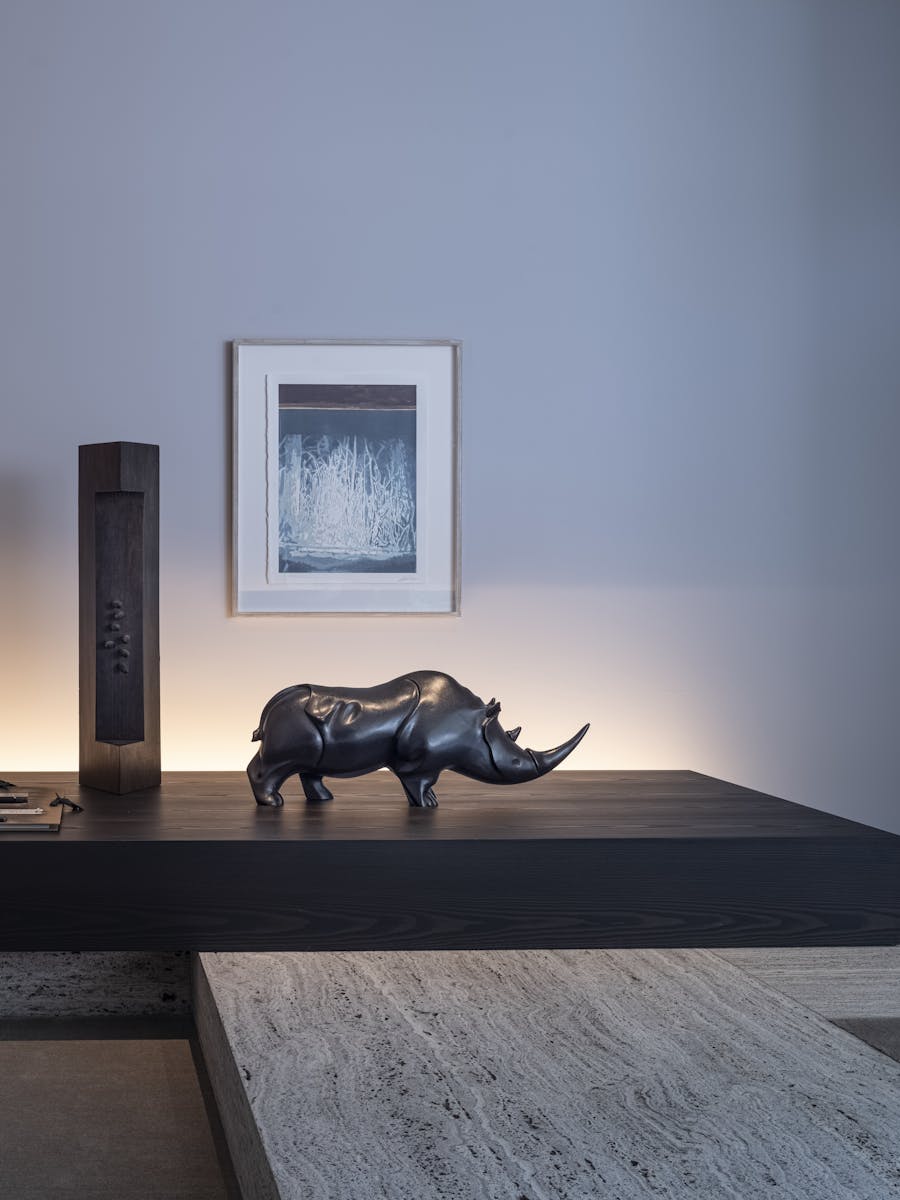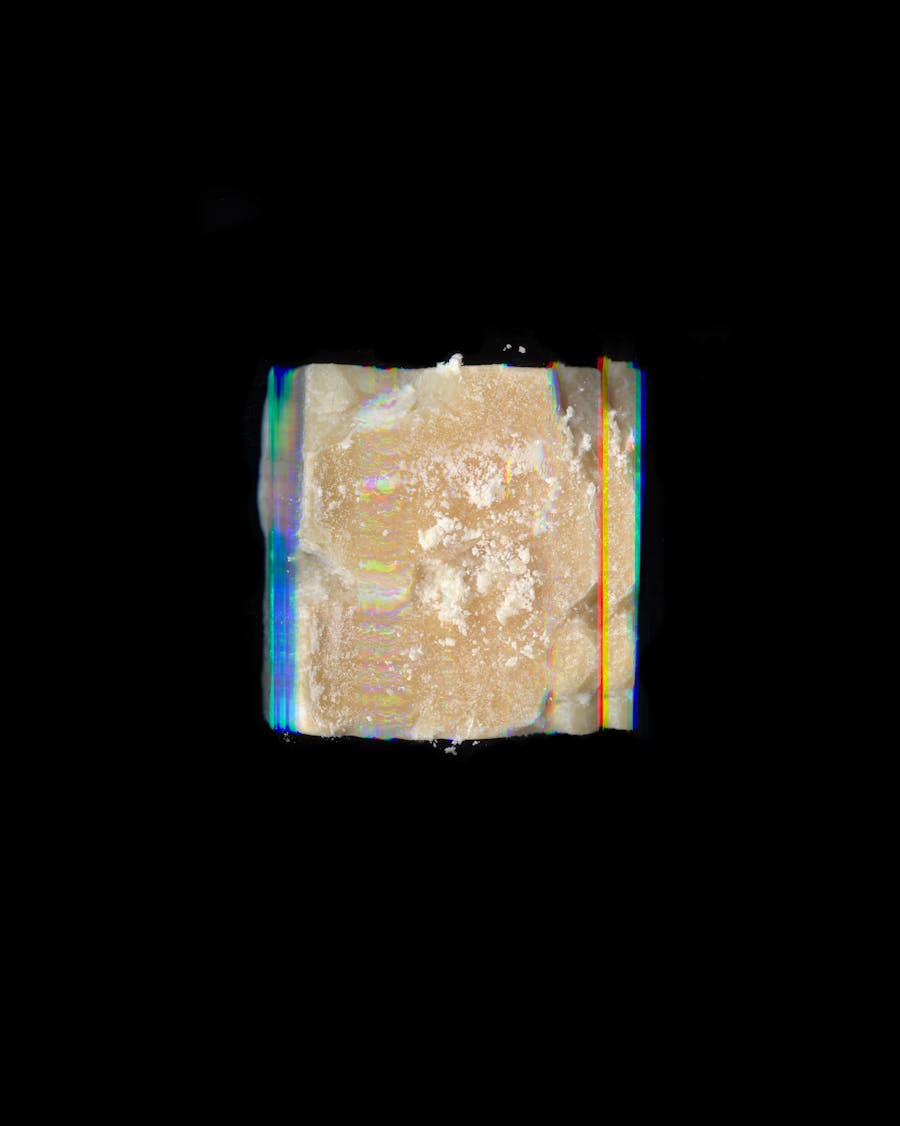Brussels based experimental artist Loup Lejeune has been on a journey of exploring the impermanence of life with his use of raw and organic materials. Loup's work can get described as a ‘quest for consciousness’ and exploration of the natural resources that are fundamentally the avatar of the origin of the world. We had the pleasure to ask him about his artistic expression, his point of view on the current environmental matters, as well as, his interpretation of Exhibition’s new theme “AVATAR”. Loup's stages of work and his predominantly scientific approach motivates him to deepen his research about the way we perceive Earth, its representations and our impact on it, as human beings.
Are you familiar with Exhibition Magazine ?
— A London-based friend of mine introduced me to the magazine. It is beautifully made and the paper quality and size are an immediate immersion into Exhibition. This feeling only gets stronger with the full pages and spreads. Every image is the core of the magazine itself and we can only surrender to them. I was mostly impressed by its sculptural volume. The white magazine I was given makes me think of pure marble and antique stones, on which I can engrave and create.
What does the Exhibition’s new theme “AVATAR” and the notion of identity/alterity reminds you of ?
— The embodiment or the ritual of absorption. A thick black liquid slowly absorbs the white volume. Its scent is deep and ancient. This other body slowly creeps on its host until the magazine is fully in its possession. At the very end, the surface is once again silent and smooth. The volume is drowned, its presence, underlying. Two eras cohabit. The petrol, fossil, fuses with the human-made object, a contemporary material. After this performance, I open the magazine and discover the scars left by the petrol on the pages. Through the fibers in the paper, the marble-like marks keep going further in the magazine, changing its structure. The archaic liquid is being printed, the identities are being mixed.
Why did you choose petrol to express the idea of Avatar ?
— The petrol is a very symbolic element, full of mysticism. Its surreal appearance conjures up the idea of an ancient animal’s blood, venerated by some pagan rites. A beast sacrificed to the glory of an avatar-god, hidden in the depths. Its temperature and intoxicating smell and its texture [...] have a powerful and magnetic attraction to me.
How would you describe your artistic expression ? Is there any particular message or issues you want to address ?
— My work is a ‘quest for consciousness’. A reading of the present through primordial elements : haunted marks of the wor- ld’s early days. I always tend to celebrate organic materials and shapes, first witnesses of our ephemeral nature. I see those fossil materials (petrol, bones, ferns, minerals, ice...) as the receptacle of a deep temporality. They maintain my point of view on our environ- ment, one stratum mat a time. Those eternal substances anchors me to earthly sensations. Such is the common theme through my artworks. Their shape, properties and materiality penetrate my mind and hands, similar to an heritage. I wish to pay tribute to this heritage.
This quest of consciousness you speak of seems to be the result of a long research, and still an on-going project. What’s your relationship with those self-made materials ?
— Every atom in this body existed before organic life emerged 4000 million years ago. Remember our childhood as minerals, as lava, rocks ? John Seed, Thinking like a mountain 1988.
— The gathering of raw materials, the commitment on the land and then the production phase in my workshop are the three dominant steps I follow to be able to work. The minerals and organic materials are archived, then turned into pigment for the creation of «meaningful inks». I am inspired by the different properties of each material. Observation and practical work with transitional states of matter — melting, oxydizing, absorption... — lead to new subjects and way of creation. Imitating the geological process of sedimentation, I experiment. Silk-screen printing is used with organic materials : the lasting synthetic inks are being opposed to the sprightliness of natural elements. The natural element is brought face to face with the normalized thread pattern. Morphogenesis is being tested through his formal, almost mechanical, technique. It brings with it, irregularity and singularity, even through this serial production. There is, in this work, a will for synthetising, immortalise what is perishable, like a perfume, capturing the indomitable. The natural element transforms itself through the technique prism, and only one image remains.
Do you think that the artwork nowadays should discuss environmental matters ? Or contribute to a social change or a political message ?
— Art must question its own era and judge its context. It should open minds and raise awareness. The raw materials I use are the avatar of the origin of the world. It brings us face to face with the anthropocene, the human mark on the world. We, as a species, have already created our own fossils, remains of human activity are everywhere on our planet. Petrol is also a politic issue. Fossil fuel from the Earth’s depths. It is the vital fluid of our society, the precious energy that makes the world spin, moves men around and brings conflicts. It is linked to territorial issues and perversion. I, here, tend to bring back its natural definition, and use it with subtlety and delicacy. The human era alters the geological eras. I try to expose the relics of the past, by creating a new form of Vanitas from the anthropocene. Those are the avatar of the pathetic human nature, displayed through the confrontation of primal characteristics (shape, property and materiality) and human marks (images, techniques and hand-made shapes).
What is your plan for the near future ? Any goals ?
— I want to get closer to the scientific sphere, more specifically, to geological studies and marine-biology. This will help me dig further on my quest for raw materials. Bringing together in-situ explorations and my personal approach will bring me to a right path. This put aside, the physical limits of my body (free-diving, cave exploring...) in the collection of materials-pigment-images is always a solid source of information, along my work process.
